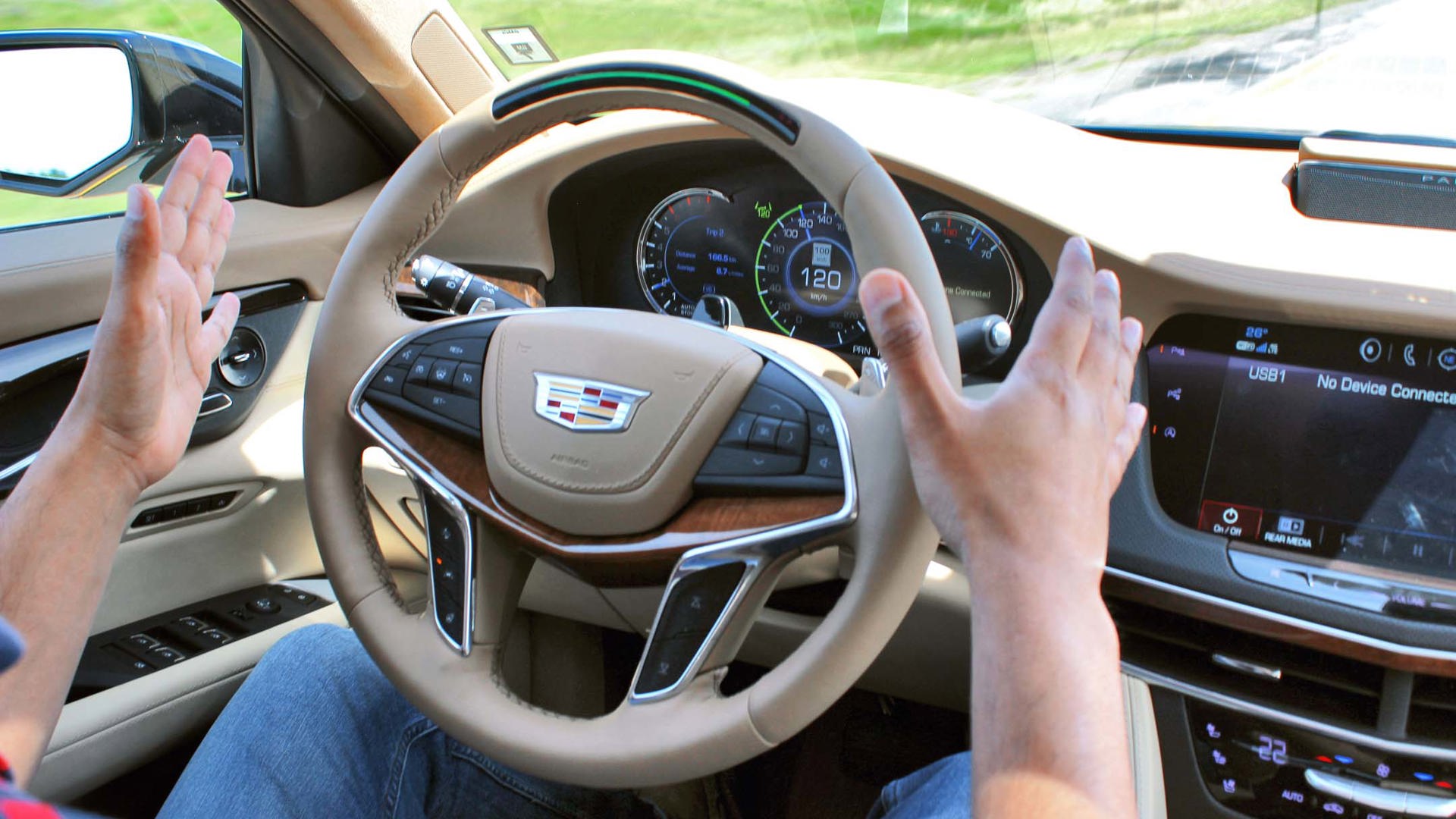Proponents of self-driving vehicles say the technology can improve the lives of commuters and travellers in many ways, including potentially reducing the severity of car crashes or even eliminating them altogether, simply because computers are supposed to be better at avoiding, even preventing, the types of situations that frequently result in collisions.
But before autonomous vehicle technology is rolled out to the public, car safety researchers think there are questions yet to be answered about how much protection the occupants of self-driving cars need, even if technology can remove crashes from the equation.
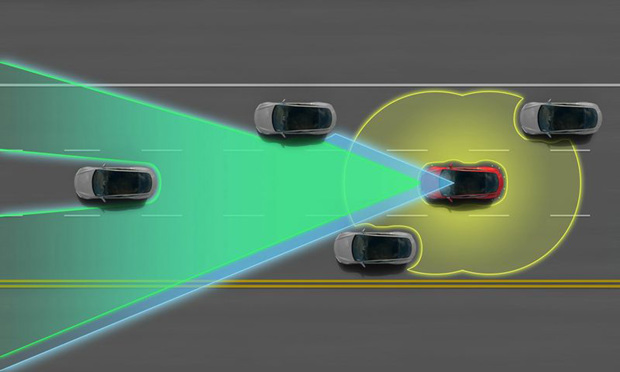
Toyota is among the first automakers to openly ponder how passenger protection might need to change in order to safeguard people who take full advantage of self-driving car technology by reading, checking email, or even napping en route to their destination.
The Japanese company recently completed a year-long study that looked at how peoples’ bodies move in vehicles (driven by humans) performing evasive manoeuvres when those passengers aren’t aware of the traffic situation around them. The research determined that it’s hard to predict how a person’s body will move when the car makes a sudden lane change at speed or brakes hard.
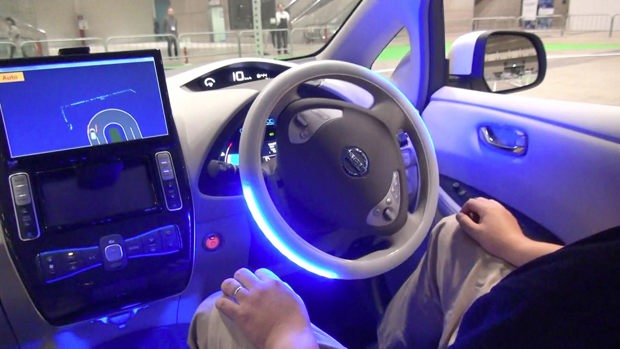
The theory behind Toyota’s study (the full contents of which will be released in October) is that in a conventional car, at least one person will be watching the road, and any passengers interacting with the driver will become aware of a hazard around the same time as the person behind the wheel.
But Toyota theorizes it will be a different story if you have a vehicle full of people who are not paying attention to the world outside the car. Jason Hallman, the Toyota engineer who led the study, said he and his colleagues discovered that “passengers who were minimally aware of their surroundings have varying responses.”
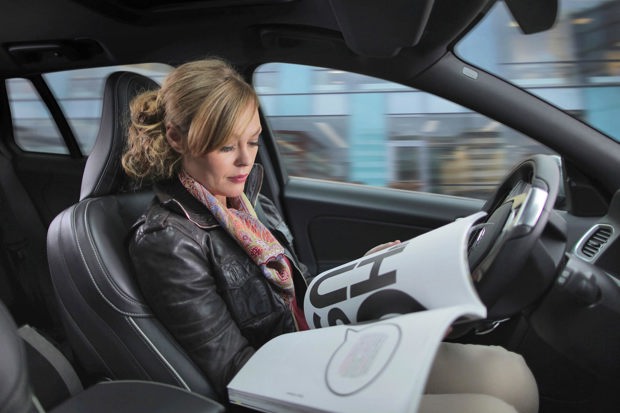
He said before Toyota began this research, there was an assumption by automakers that protecting people riding in autonomous cars wouldn’t be much different than keeping them safe in today’s conventional vehicles. Instead, the study revealed that this topic requires, well, a lot more study.
“Those experiments at Toyota have relevance to the current day, ahead of automated vehicles,” said David Zuby, executive vice president and chief research officer with the Insurance Institute for Highway Safety. “When we’ve investigated crashes, sometimes we can’t understand how the injuries occurred, except by hypothesizing that some movement of the occupants before the crash moved them from where you would expect them to be sitting.”
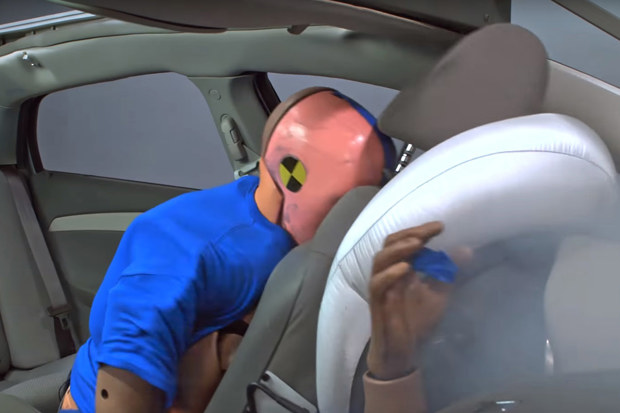
In today’s cars, the airbag system is designed to detect when a passenger is out of position – not sitting up straight and square with the front of the car – and can reduce the force with which the airbag deploys or prevent the airbag from deploying at all, if sensors determine it might do more harm than good in that situation.
“Future automated vehicles may increase the variety of positions an occupant could assume at the time of a collision, and new occupant sensors may be helpful to detect these positions and adjust crash-restraint technologies to improve injury mitigation,” said Hallman.
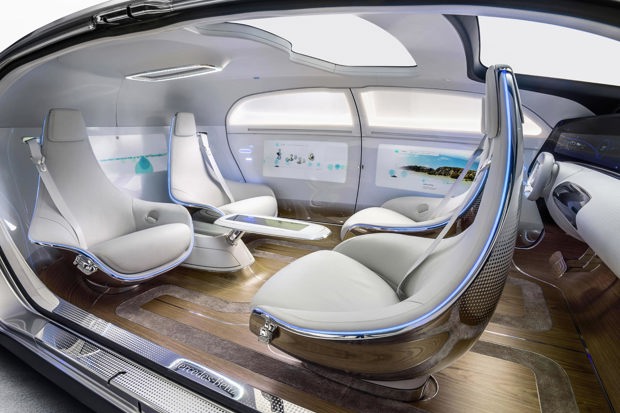
The self-driving vehicles of the future might look and operate much like the ones we drive today, but if some recent auto-show concepts come to fruition, we could find ourselves riding around in rolling lounges with seats that face backward or sideways to the direction of travel. Zuby said that will present a particular challenge to engineers tasked with keeping the people in those seats safe.
“My personal opinion is that I think some of those concepts will be realized in real products,” said Zuby. “If that does take off, there are challenges we don’t have tools to address. If everyone in the car is sitting sideways, a side crash now becomes an insult to your back instead of your side, and we don’t have dummies that are sensitive to what happens when they get hit from behind.”
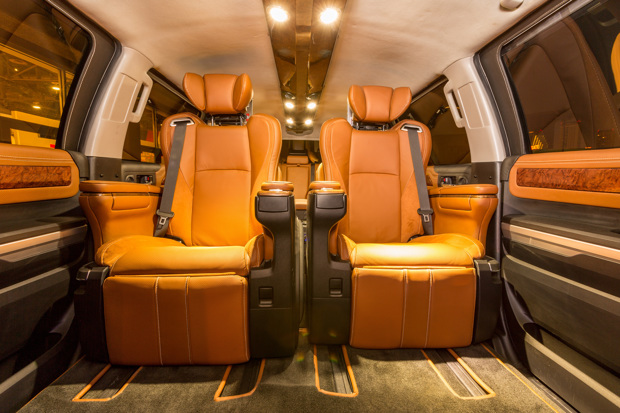
Regardless of an autonomous car’s seating arrangement, an overlap in the safety concerns affecting the automotive and aviation industries could prove useful for auto engineers.
“We’ve already been looking at the research being conducted by the US Federal Aviation Administration (FAA) to understand if there are any areas of mutual benefit,” said Hallman. “Aircraft passengers in some business class seats could assume some of the postures and positions that are speculated to be available in future automated vehicles.”
Zuby calls that link “tenuous”, because the conditions that cause injuries due to turbulence and unsecured passengers is not quite the same thing as a car crash.
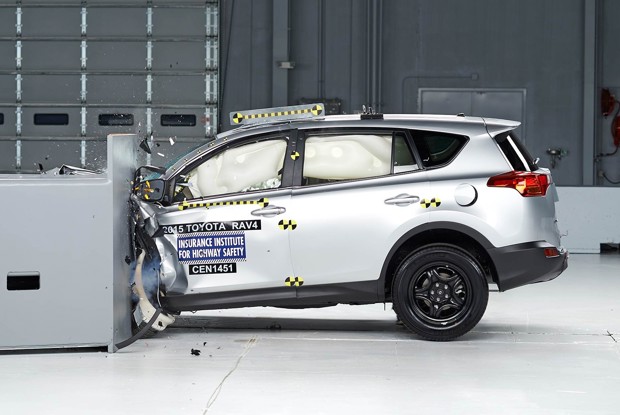
“There may be some lessons that can be learned,” said Zuby. “If you have ever flown in the seats right behind a bulkhead, it often has a different seatbelt and it has an airbag that is supposed to keep you from hitting the bulkhead. That kind of a strategy adapted from aviation might be a way to deal with people riding in cars facing each other, with some facing backwards and some frontwards.”
Zuby said that seatbelts with airbags built into them might also be applicable where people aren’t facing in the traditional directions. Those already exist, too: Ford offers them as an option for rear-seat passengers in some of its models.
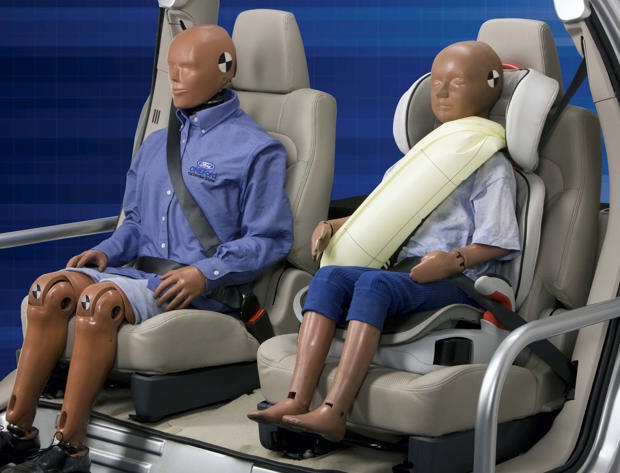
As much as impact-resistant vehicle structures, crash-avoidance technology, and airbags have contributed and will continue to contribute to road safety, Zuby and Hallman both said that the seatbelt – whether it incorporates airbags or not – will be key to keeping people safe in autonomous cars.
“Seatbelts have been an important and effective technology for many years for mitigating injuries in a crash,” said Hallman. “My opinion is that this will remain true for many years to come.”
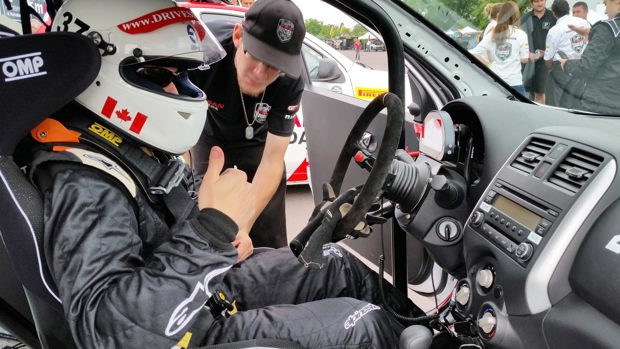
Zuby, in turn, suggested that more restrictive seatbelts might actually be the answer.
“The modern three-point belt that we have allows a fair amount of motion, so the person is not always in position to impact the airbag in the most efficient way,” he said. “One of the reasons racing drivers survive very severe crashes is because they’re wearing more restrictive seatbelts, so they don’t move inside the car and all of the energy-absorbing structures that are part of the vehicle are able to work without having to worry about where the driver is going to end up.”
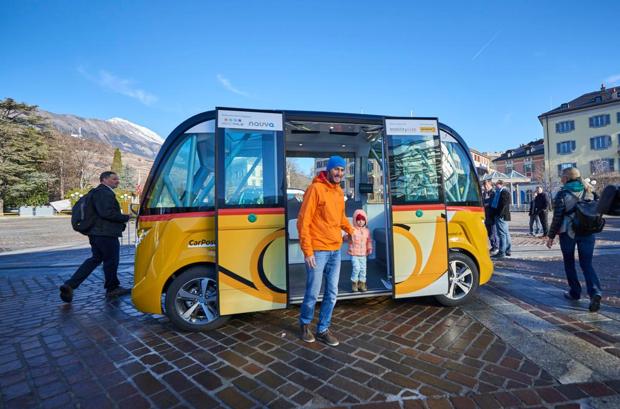
As autonomous vehicle technology improves and we inch closer to the day self-driving cars become a fixture on our roads, one of Zuby’s primary concerns is that proponents will argue the promise of fewer crashes means cars won’t need as much crash protection.
“I’ve heard some lectures where tech developers have said they don’t know if it’s appropriate to make the automated driving car always obey traffic law, and maybe we should see what people think,” he said. “My response to that sort of thinking is: Well, if we start letting the automated driving system make driving decisions purely like humans, likely they’re going to crash in some of the same ways.
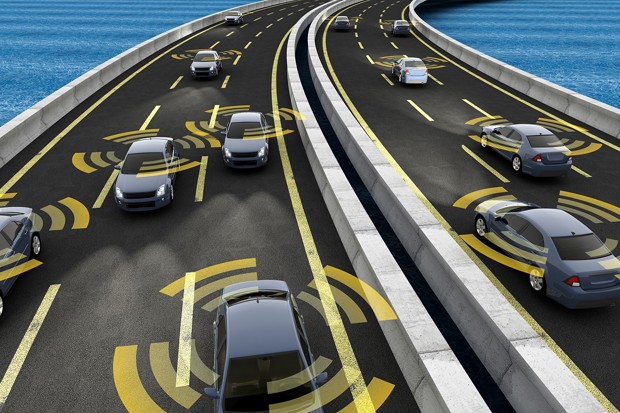
“One of the things I think organizations like (the IIHS) and governments have to be wary of is not accepting that argument until we know for sure that these automated cars aren’t crashing, or aren’t crashing in the same ways as human-driven ones. Rather than guess that the crash is going to be different and (changing) the way we protect people, let’s protect people the best we know how and wait to see if the fewer and/or less severe crashes actually materialize before we start trading away crash protections.”
